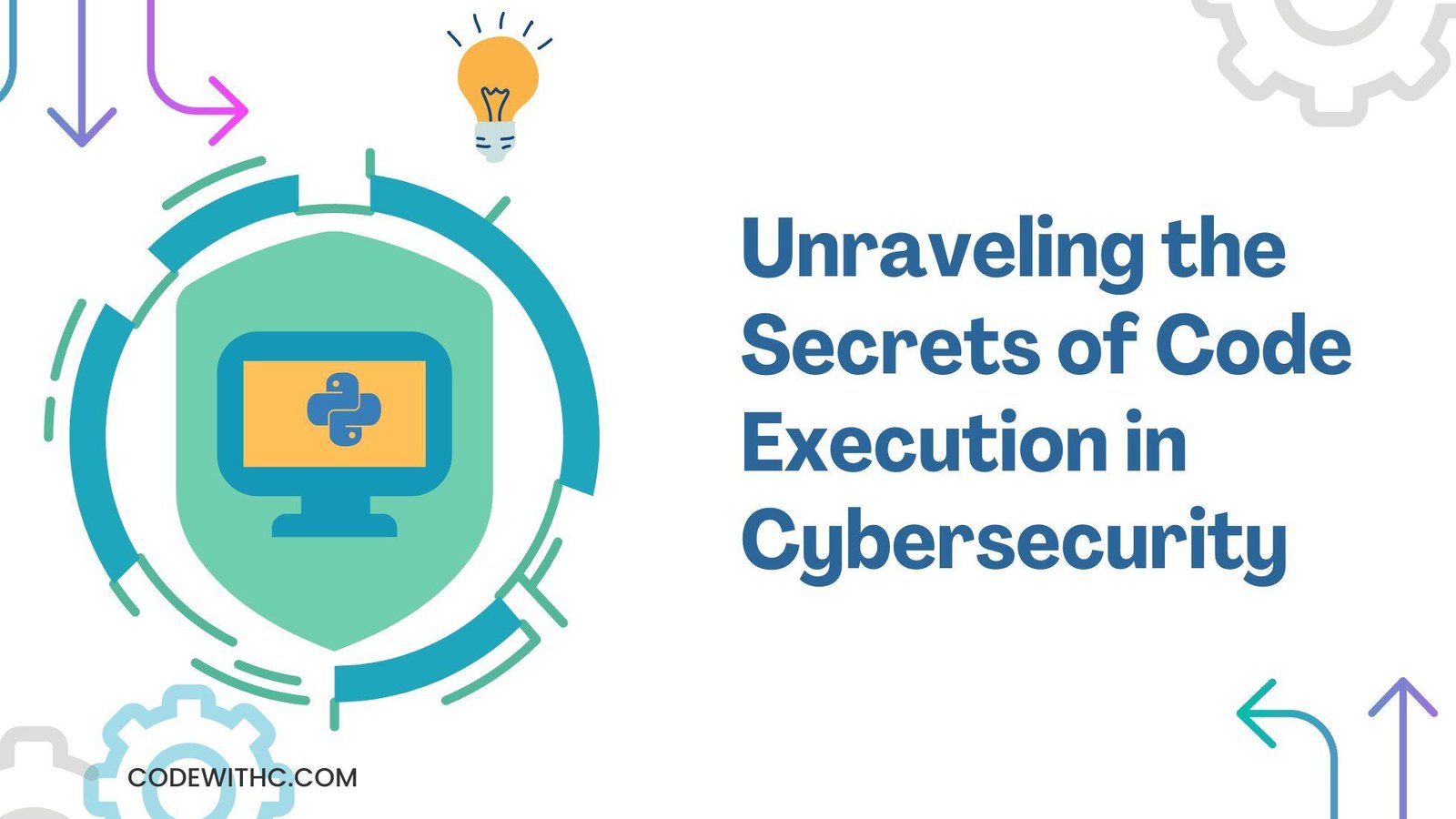When I first stepped into the vast universe of cybersecurity, my mind was utterly dazzled. One evening, while sipping some cold brews with my pal Jake, he started explaining how attackers sneak into systems. I was gobsmacked. “Really, dude?” But as I delved deeper, the puzzle pieces began to fall into place.
The Initial Move: Securing Access
You know that awkward moment when you forget to lock your front door? Well, gaining initial access in the cyber world is kinda like that. It’s about an attacker spotting that tiny oversight and slinking into your system. Gives you the chills, right? But that’s just the tip of the iceberg.
The MITRE ATT&CK Playbook
Ever stumbled upon the MITRE ATT&CK framework? It was all Greek to me until I took this deep dive. It’s like this comprehensive guide that breaks down the attacker’s modus operandi. And the Execution tactic? That’s where the plot thickens with its 12 techniques and numerous sub-techniques. Mind = Blown!
A Closer Look: Windows Management Instrumentation
Alright, let’s get to the meaty part. Windows Management Instrumentation (WMI) is this gem that attackers treasure. With a sprinkle of Python magic, they can manipulate it to execute commands from afar. But, hey, the fun part? We can also employ Python to sniff out these sly moves. A classic case of two can play that game, right?
Scheduled Task/Job: The Silent Agent
Now, here’s a sneaky tactic. Attackers often set up Scheduled Tasks or Jobs to stealthily run their malicious scripts. It’s like planting a time bomb set to go off when you least expect it.
Sample Code:
import os
# Create a scheduled task in Windows to open Notepad
os.system('schtasks /create /sc once /tn MyNotepadTask /tr notepad.exe /st 12:00')
print("Scheduled task created!")
Code Explanation: This Python script uses the os.system command to interact with the Windows command-line utility schtasks. It schedules a task named “MyNotepadTask” to open the Notepad application at 12:00 PM. Keep in mind; this is just a benign example. In the real world, the task could be anything – including malicious scripts.
Expected Output:
Scheduled task created!
After the script runs, if you were to check your Windows Task Scheduler, you’d find a task named “MyNotepadTask” set to run Notepad at the specified time. Pretty cool, huh?
Wrapping It Up: Tools & Resources
If you’re keen to get your hands dirty with some code, check out this link. They’ve stocked up on some rad sample code files. Dive in, fiddle around, and level up your skills.
And there we have it! Cybersecurity is like this vast ocean with uncharted territories. Every new technique or tool feels like unearthing a hidden treasure. But remember, it’s all about using your powers for good. With knowledge comes responsibility. Always have your guard up against the digital baddies.
To wrap things up, diving into code execution has been an absolute rollercoaster. It’s a realm filled with challenges, but armed with the right tools and a dash of curiosity, we can conquer them all. Thanks for sticking around, and until next time, keep coding and stay cyber-safe! Catch ya later! ?
